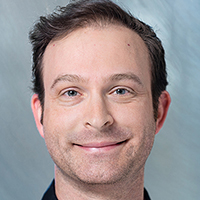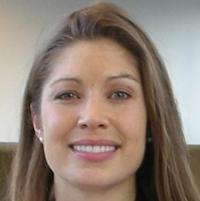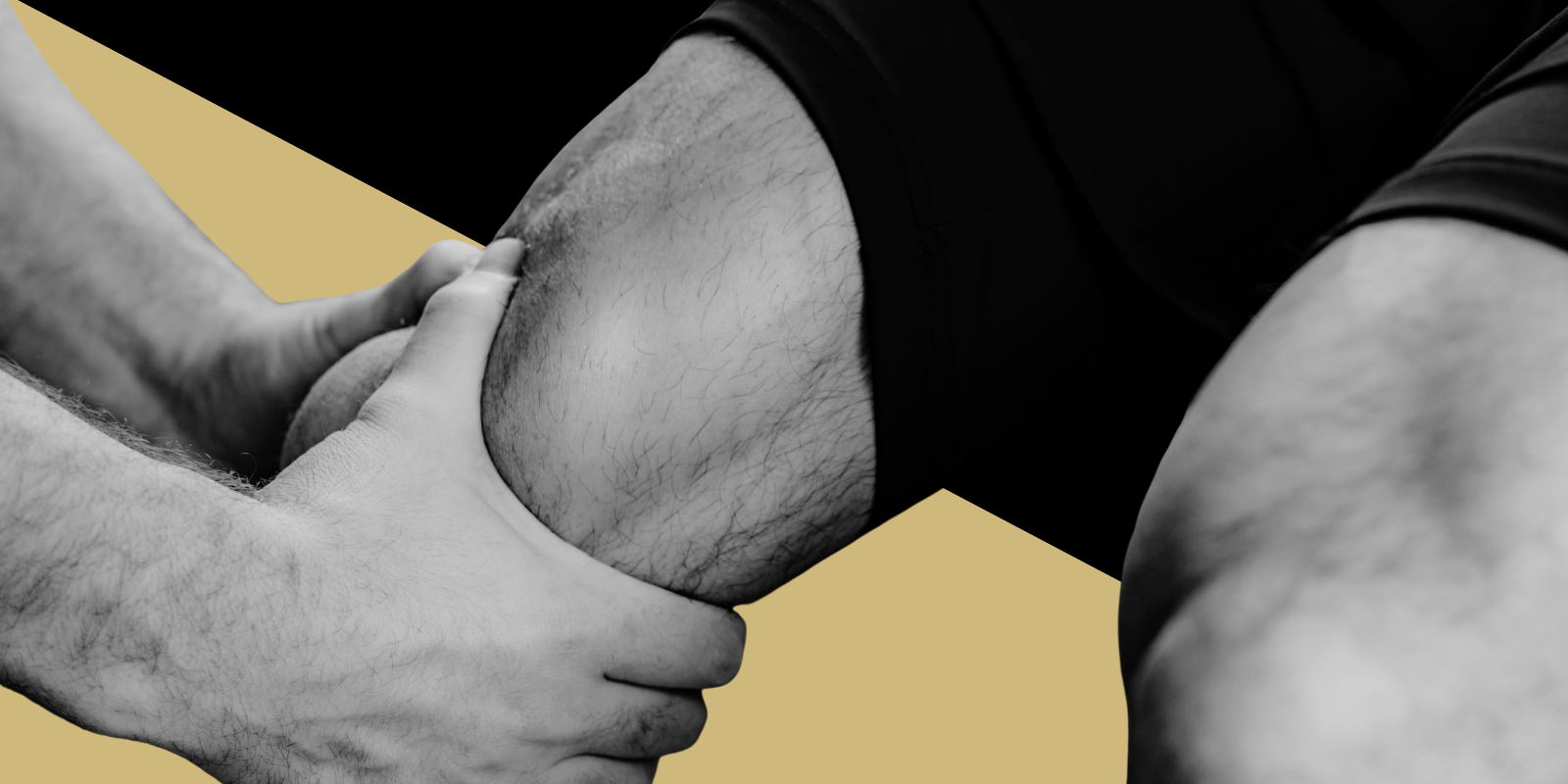College students from backgrounds traditionally underrepresented in medicine now have the opportunity to conduct research on the University of Colorado Anschutz Medical Campus as part of a $1.3 million National Science Foundation (NSF) grant that was awarded to two researchers at the CU School of Medicine in fall 2022.
Faculty members Christian Mosimann, PhD, and Catherine Musselman, PhD, will use a majority of the NSF funds for their research on the mechanisms of genome regulation. But as part of the NSF’s mission to expand access to STEM careers, a portion of the grant funds must be used for community outreach and impact efforts.
“The NSF is tasked at the federal level with fundamental understandings in science, like our study of gene control in development and how that works on the molecular level, but they’re also tasked with recruiting people into science and educating the public on science,” Musselman says. “It’s unique to the NSF that as a component of your grant, they say, ‘How is this going to broaden scientific outreach? How are you going to pull people from underrepresented backgrounds in and train them?’ They have a huge focus on that.”
Building new partnerships
To achieve the goal, both researchers’ laboratories are participating in a recently founded program that recruits students from Metropolitan State University (MSU) of Denver to participate in research activities on the CU Anschutz Medical Campus. Working together with a graduate student or postdoctoral associate, participating students commit to 16 months of research spanning two semesters and two summers.
“We’re looking especially for students who may not traditionally be funneled in,” Musselman says. “They may be from underrepresented groups, or maybe they didn't have a parent who has a PhD and can tell them exactly how to make all of this happen. That's one of the reasons we reached out to Metro, is that many of their students are nontraditional students, and this gives them a path into scientific research. It’s an opportunity that can potentially open a whole new career for them.”
Musselman currently is working with an MSU Denver student in her lab; the student is on track to have his name on a published research paper sometime in the next year.
Representation matters
Mosimann, who was the first person in his family to go to college, says there is huge value for undergraduates to be in a scientific environment, participating in research, and seeing people who have careers in medicine.
“My mom doesn’t understand why I’m still at university,” he says with a laugh. “When will I ever be done and get a real job? We can make jokes about this, but in other backgrounds, or depending on where you're coming from with your family history, these are huge barriers. Getting the opportunity to see that this is something you can pursue as an actual career, and you can contribute — I find it amazing that our taxpayer money is funding this. I’m hoping there's more of this happening all over the country.”
Artistic expression
As another part of the outreach activities connected with their NSF grant, Musselman and Mosimann are also involved with The Art of Science, a fellowship pioneered by John Rinn, PhD, professor of biochemistry at CU Boulder.
The fellowship is a 12-month award given to undergraduate students who have an interest in bridging art and science, as well as a demonstrated financial need.
Applications are currently open for the 2023 Art of Science fellowship; the program’s first year, in 2021, aided two artists who were undergraduate students at CU Denver and MSU Denver respectively — Mikyla Futz and Mia Miller.
“There are a lot of people that have a hobby as an artist, but they don’t get paid,” Rinn says. “There’s a big career opportunity out there in science illustration, where you can draw a scientific concept so people can understand the complex stuff in a pictorial way.”
The fellows meet every few weeks with a team of science and art faculty. In addition to Rinn and Musselman this team includes MSU Denver faculty members Megan Filbin, PhD, Megan Lazorski, PhD, and Anil Rao, PhD. This team assists in the students’ training, and each student presents a final art project at the end of the fellowship.
“The goal was to help open up avenues for students to pursue that interface in their professional career,” Musselman says. “Mikyla started medical school at Thomas Jefferson University’s Sidney Kimmel Medical College this year, and she used her Art of Science work as her research project in her medical school applications to say, ‘How can I continue to use my art as a physician to help communicate with patients in a more efficient way?’ The admissions committee absolutely loved it. It was great to see how touched they were by her ability to reach out to patients.”
Illustrations at top by Mikyla Futz, left, and Mia Miller, right.





